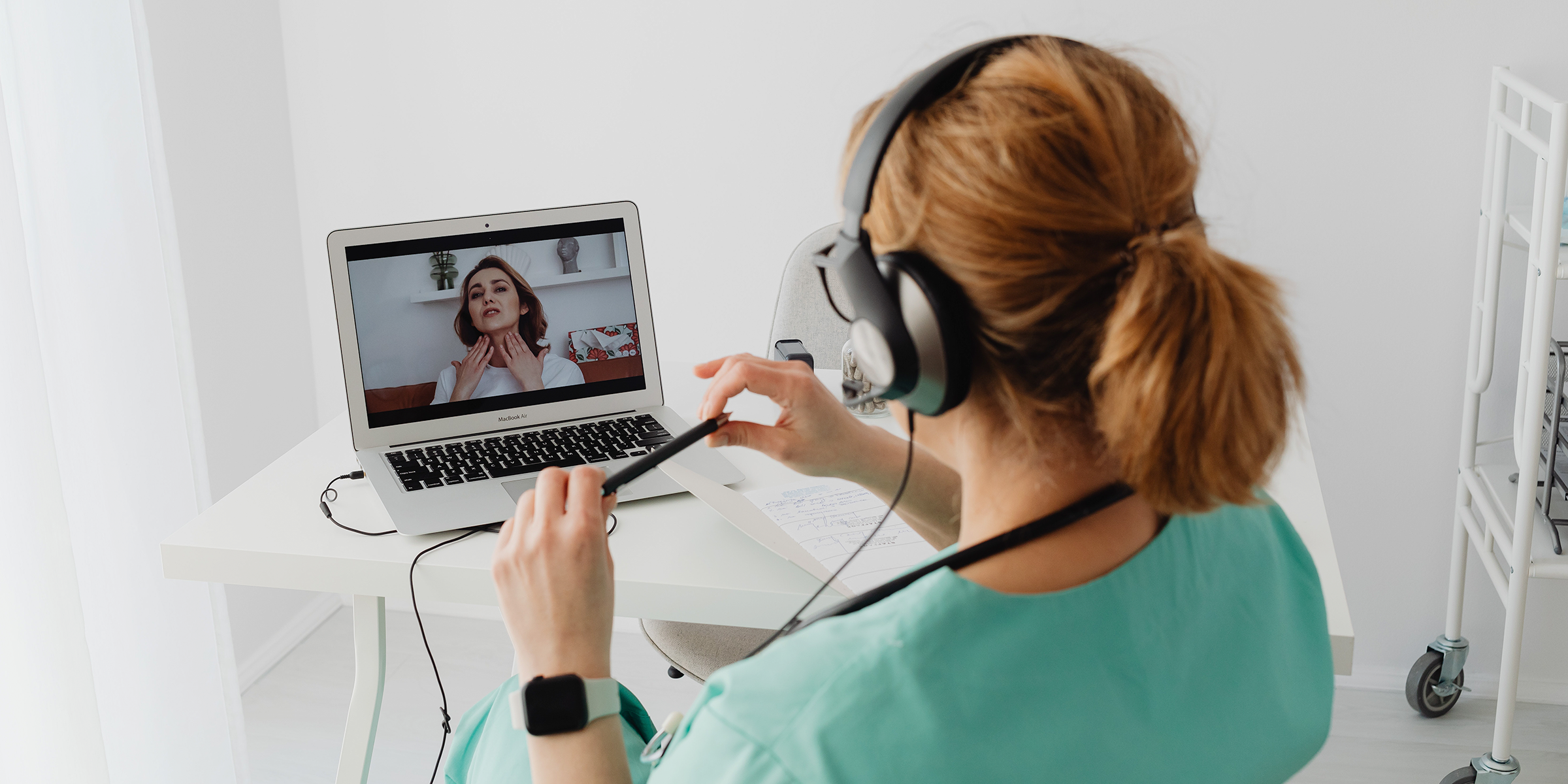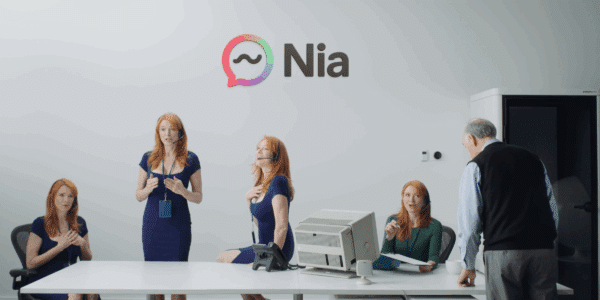In telehealth, building trust with patients is critical. These days, it’s entirely possible that your first time meeting a new patient could be a virtual experience. How do you make a good first impression, make the patient feel comfortable and offer the same standard of care you would in person? Without the opportunity to meet a patient face to face, there are important steps you can take to build trust with patients using telehealth.
To gain patient trust and engagement with telehealth, you’ll need to prove the efficacy of the technology you’re using and that you can accurately diagnose and assess patients through it. How can providers prepare to confidently offer specific types of visits using telehealth that build patient trust? What does it take to get patients to buy into telehealth? What are the simple changes providers can make to help video visits feel less awkward? Telehealth consultant Sam Lippolis offers some insight on best practices in telehealth to provide quality care and put patients at ease.
Video visits: telehealth to build trust with patients
We’ve all been there: virtual meetings can be awkward. Particularly in healthcare, where we’re moving away from such an engrained waiting room to exam room flow, it can be difficult for patients and providers to know the correct etiquette when meeting virtually. Sam Lippolis suggests starting small with simple steps to humanize telemedicine:
- If your first time meeting a patient is through a televisit, focus on simple human connection to build patient trust. Make sure you’re close enough to the camera and centered on the screen, making eye contact, and have a tidy background just as you would for an in person visit. These simple adjustments will help you build a connection with the patient and exemplify professionalism and legitimacy.
- Close other tabs and applications on your computer and turn off notifications so that you and the patient are not distracted by sounds or pop-ups. Give the patient your undivided attention just as you would in person, so the patient feels their time is being valued.
Responsiveness earns patient trust
If your practice is expanding to offer new channels for patient communication, like texting and video visits, it’s important to back up this change with reliable responses through these channels.
For example, if a patient texts your practice to schedule an appointment and gets a reply back from you within minutes, they’re likely to use texting again in the future. Likewise, if the patient joins a video visit and the provider is there and ready to meet with them, that reliability helps build patient trust in telehealth.
The more responsive touch points you have with your patient, the more comfortable and willing to use telehealth tools they’ll be. Proving to your patient population that a shift toward using telehealth benefits them in terms of efficiency and communication will help to bolster patient trust and engagement.
Provider preparedness helps patients feel comfortable
It’s not just patients who need support to build trust with telehealth. Providers also need time to adjust to using telehealth to establish new workflows and make sure they can deliver comparable care to in-person visits. Lippolis shares some tips on how to gradually implement telehealth to improve provider comfortability with new communication tools.
- Start with a scope that you’re comfortable with. It’s okay to start out offering only certain types of visits through telehealth. Once you’ve gained experience and are comfortable delivering care through video or text, you can assess what other types of visits are or are not possible with those tools. From there, you can continue to expand your telehealth offerings.
- From a clinical standpoint, consider every tool you would need to complete a certain type of patient visit in person. Can you offer those same assessments remotely via televisit? If so, how would you do it? This is a great exercise to identify opportunities for improved efficiency.
- It goes without saying that if you, as the provider, are comfortable and confident in your care delivery, the patient will feel more relaxed and trusting toward telehealth.


